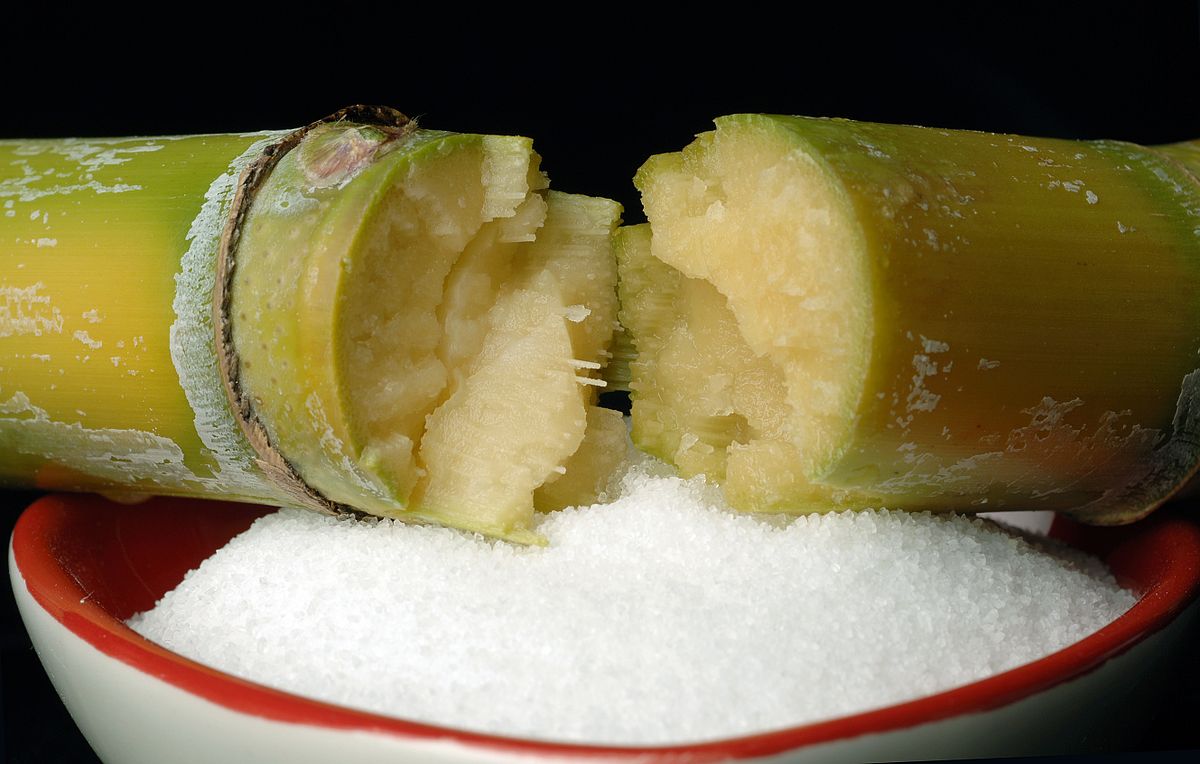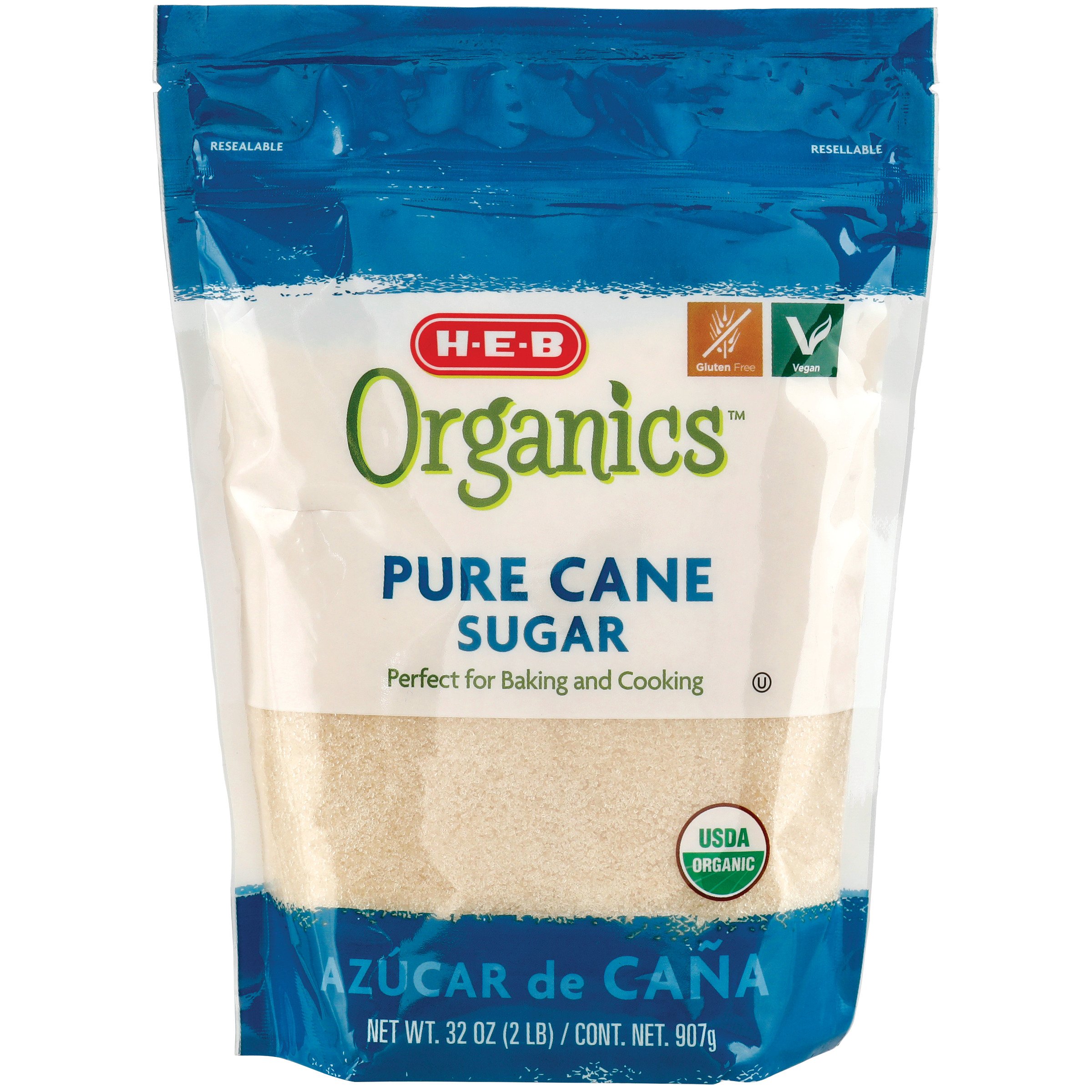The Scientific Research Behind Cane Sugar Processing: Just How Sweetness is Improved
The Scientific Research Behind Cane Sugar Processing: Just How Sweetness is Improved
Blog Article
An In-Depth Overview to the Ecological Influence and Sustainability Practices in Walking Stick Sugar Processing
The ecological effect of cane sugar handling provides a complicated variety of challenges that warrant mindful exam. From soil deterioration and excessive water use to the carbon footprint related to cultivation and production, the effects of traditional practices are far-ranging. In comparison, the fostering of ingenious sustainability measures provides a path toward extra responsible production approaches. Recognizing the interaction between these problems is crucial for stakeholders in the sector. What details methods can be implemented to strike an equilibrium in between productivity and environmental stewardship? The answers exist in a better take a look at both the difficulties and potential options.
Review of Walking Cane Sugar Handling
Walking cane sugar processing entails a series of organized actions that change sugarcane right into polished sugar. Originally, collected sugarcane is transferred to processing centers, where it undergoes cleaning to eliminate dirt and particles. Following this, the walking stick is crushed to draw out juice, which is then made clear by removing contaminations through home heating and the enhancement of lime.
The made clear juice undertakes dissipation, where water is removed to focus the sugar web content. This concentrated syrup is after that taken shape through air conditioning, allowing sugar crystals to develop. These crystals are divided from the staying syrup utilizing centrifugation, leading to raw sugar. To achieve refined sugar, the raw item undertakes further filtration procedures, which might include cleaning and filtering system to remove remaining impurities and shade.
The last item is after that dried and packaged for circulation. Throughout this entire process, preserving performance and quality assurance is important to ensure the sugar meets market requirements. Each action in cane sugar handling not only adds to the final item but likewise has implications for resource use and waste generation, establishing the stage for conversations on sustainability and ecological impacts connected with sugar manufacturing.
Ecological Challenges of Manufacturing
The manufacturing of walking cane sugar offers a number of substantial ecological difficulties that warrant interest. One main problem is the comprehensive use agrochemicals, including chemicals and fertilizers, which can cause soil destruction, biodiversity loss, and contamination of regional water resources. The drainage from sugarcane fields usually lugs these chemicals right into nearby ecosystems, disrupting water life and affecting the wellness of communities reliant on these water bodies.
Another difficulty is the high power intake connected with sugarcane handling. The boiling and refining stages need significant heat, primarily created by shedding fossil fuels, adding to greenhouse gas exhausts. Additionally, the expansive acreage required for sugarcane cultivation can bring about deforestation and habitat devastation, additional aggravating environment adjustment and threatening wild animals.
In addition, the labor practices in some areas elevate ethical concerns, as employees might deal with bad working conditions and insufficient wages. This situation often perpetuates a cycle of destitution in local areas. Cane Sugar Processing. Resolving these ecological challenges is vital for establishing much more lasting techniques in walking cane sugar manufacturing, eventually benefiting both the setting and the areas associated with this sector
Water and Land Usage Influence
Water sources and land utilization are essential components in the walking cane sugar market that dramatically affect the setting. The growing of sugarcane calls for considerable water input, with quotes recommending that it can eat up to 2,000 litres of water per kilogram of sugar produced. This intensive use of water often results in depletion of neighborhood water resources, influencing not only the sugarcane ranches but additionally bordering communities and communities that count on the very same water resources for agriculture and residential use.

Furthermore, land use for sugarcane growing can lead to logging and the conversion of all-natural environments right into monoculture haciendas. This practice diminishes biodiversity, interrupts neighborhood communities, and adds to soil destruction. The growth of sugarcane areas commonly elbows in on useful agricultural land, creating competitors for resources between food and biofuel production.
Lasting methods, such as optimizing watering methods and executing plant rotation, are crucial to alleviate these influences. By adopting a lot more efficient water use and land administration techniques, the cane sugar industry can decrease its eco-friendly footprint, ensuring an equilibrium between farming productivity and ecological conservation.
Greenhouse Gas Emissions
Greenhouse gas discharges represent a substantial environmental problem within the cane sugar handling industry, particularly as farming techniques increase to meet international need. The growing of sugarcane, a crop that prospers in tropical climates, relies heavily on artificial fertilizers and chemicals, which contribute to laughing gas discharges. Furthermore, land-use adjustments, consisting of deforestation for new sugarcane plantations, launch co2 stored in greenery and soil.
Throughout processing, energy usage is an additional major resource of greenhouse gas discharges - Cane Sugar Processing. Lots of sugar mills utilize fossil fuels to power equipment and generate heat, leading to substantial carbon footprints. Additionally, the transport of raw sugarcane and finished items adds layers of exhausts with gas combustion in cars
The collective impact of these emissions aggravates environment modification, presenting risks not only to the atmosphere but additionally to the lasting stability of the market. Stakeholders need to acknowledge the urgent requirement for extensive methods that address these exhausts. This involves evaluating current farming practices, refining techniques, and transportation systems to recognize areas for enhancement and mitigation. Attending to greenhouse gas visit homepage exhausts is important for promoting a much more sustainable walking cane sugar market in a changing environment.

Lasting Practices and Innovations
Sustainable practices and developments are progressively vital in the walking cane sugar handling industry as stakeholders seek to minimize ecological impacts while keeping performance. One significant innovation is the execution of incorporated crop management, which optimizes resource use by incorporating soil administration, pest control, and plant rotation techniques. This strategy boosts return while decreasing chemical inputs and maintaining soil health.
Moreover, the fostering of sustainable energy sources, such as biomass from sugarcane deposits, has actually obtained grip - Cane Sugar Processing. By converting waste items into energy, processing facilities can minimize their reliance on fossil gas, consequently decreasing greenhouse gas discharges
Water monitoring techniques have likewise seen renovations through the recycling and reusing of water in handling plants, dramatically lowering freshwater intake. Advancements in innovation, such as precision farming, make it possible for farmers investigate this site to keep track of crop health and wellness and source usage a lot more successfully, guaranteeing lasting growing methods.
Moreover, qualification programs like Fair Profession and Rain forest Alliance motivate environmentally accountable farming techniques and promote social equity within the supply chain. By accepting these lasting methods and advancements, the walking stick sugar processing sector can boost its resilience and contribute favorably to ecological stewardship.
Verdict
The ecological influence of walking stick sugar handling presents considerable difficulties, including dirt deterioration, high water intake, and greenhouse gas exhausts, alongside ethical concerns associated to labor methods. Resolving these concerns with lasting techniques, such as integrated crop monitoring, renewable energy adoption, and water recycling, is necessary. By promoting eco accountable and socially equitable techniques in sugar manufacturing, the industry can mitigate its damaging results, guaranteeing an extra sustainable future for both communities and areas entailed in this market.
Cane sugar processing includes a collection of methodical actions that transform sugarcane right into refined sugar. Each step in walking cane website link sugar processing not only contributes to the last product yet also has effects for source use and waste generation, setting the phase for conversations on sustainability and environmental influences linked with sugar production.
Greenhouse gas discharges stand for a substantial ecological issue within the walking stick sugar processing market, specifically as farming practices increase to fulfill worldwide need.Sustainable techniques and advancements are increasingly vital in the walking cane sugar handling sector as stakeholders seek to decrease ecological influences while maintaining efficiency.The ecological effect of walking stick sugar handling presents substantial challenges, including dirt destruction, high water consumption, and greenhouse gas exhausts, along with moral worries connected to labor practices.
Report this page